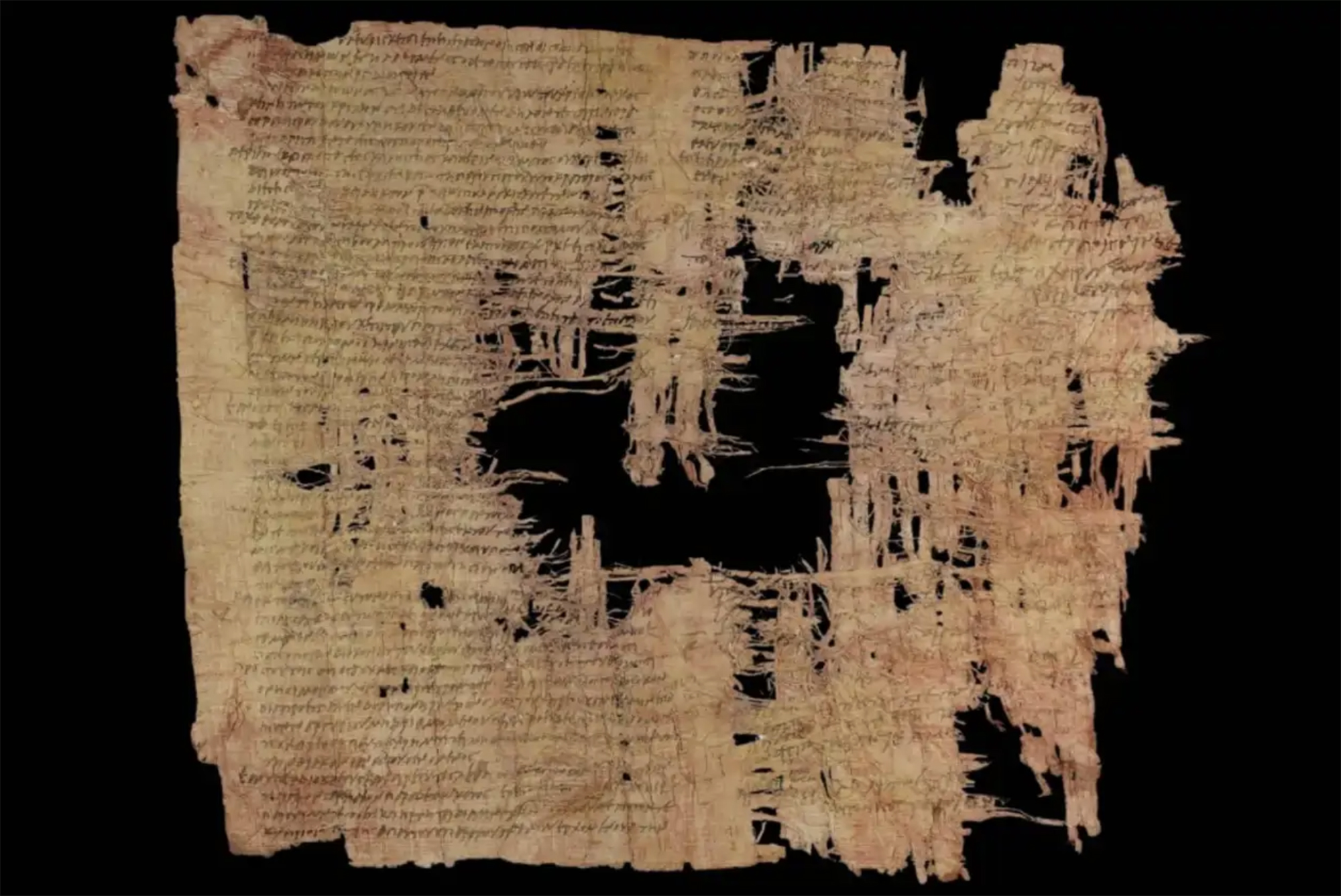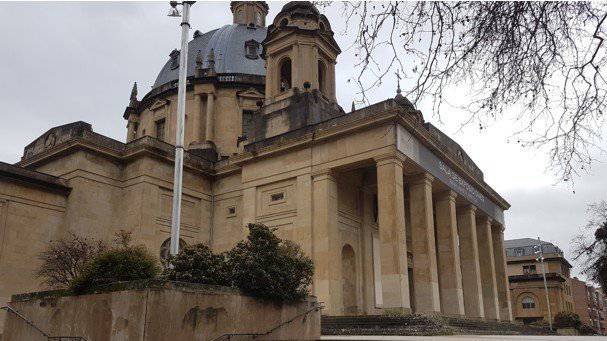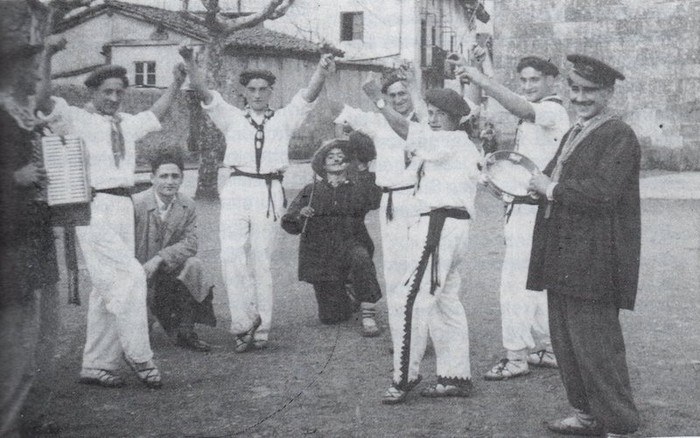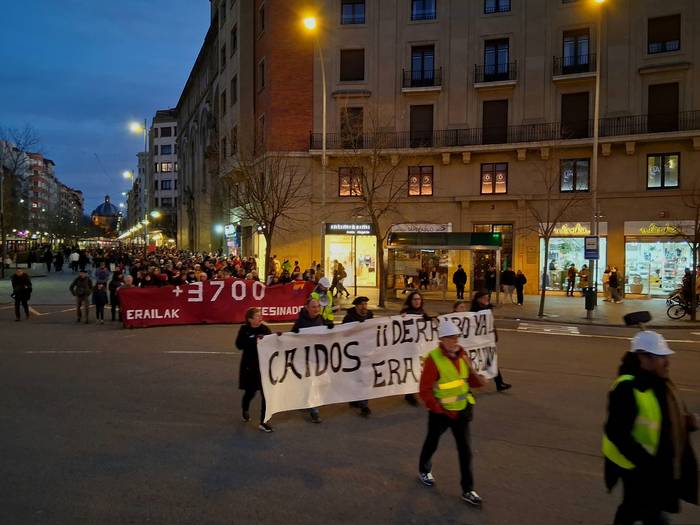Eguzki Erregeak piztu zuen Argiaren Hiria

Paris (Frantzia), 1665. Luis XIV.a errege ahalguztidunak, Parisko kale ilunetako arriskuez nazkatuta, argiztatze publiko zerbitzu bat sortzeko agindu zuen. Hala, Lastargi eta Argiontzi Eramaileen Zentroa fundatu zuen. Eramaileak hiriko gune nagusietan egon ohi ziren, 300 pausoko tarteetan kokatuta, oinezkoak etxeraino laguntzeko prest. Hiru solen truke, hamabost minutuz ematen zieten argia, eta zalgurdia erabiltzen zutenek gehixeago ordaindu behar zuten, bost sol, eramailea karrozara igo zedin.
Diotenez, Eguzki Erregeak ez zituen soilik menpekoak izan gogoan eta bere buruaren mesedetan ere hartu zuen erabakia; Frantziako –eta Nafarroako– monarka gonazale eta alkoholzale amorratua omen zen, eta ederki jakingo zuen gauez putetxeetatik mozkortuta irtetean eskertzekoa zela norbaitek kale galbidetsuak argiztatzea.
Zerbitzuak berehalako arrakasta izan zuenez, Luis XIV.ak argiztatze sistema finkoa jartzeko ardura eman zion Nicholas Gabriel de La Reynieri. La Reynie Parisko poliziako lehen lotinant jenerala izan zen, eta lehen polizia gorputz modernoaren sortzailetzat jotzen da.
1667ko irailaren 2an 2.736 kaleargi piztu zituzten, karrika eta etorbide bakoitzeko bizpahiru: bat, kalearen erdialdean eta beste bi, kantoietan. Urte gutxian argi kopurua 5.000ra iritsi zen. Zerbitzuak, herritarrei mesede egiteaz gain, eragozpenen bat ere eragin zien. Batetik, herritarrek iluntzero argiak piztu eta goizaldero, ordu bietan, itzali behar zituzten, urritik martxora bitartean. Kedarrak kaleargien kristala zikintzen zuenean ere, haiek garbitu behar zuten. Gainera, zerbitzuaren mantentze-lanak zerga bidez finantzatzen ziren, hau da, herritarrek, argiaren truke, Taxe des Boues et Lanternes delakoa –lokatzen eta linternen gaineko zerga– ordaindu behar zuten. Sistemak oso oinarrizkoa, deserosoa eta garestia dirudi gaurko begietatik ikusita, baina kontuan izan behar da beste bi mende joango zirela argiztatze elektrikoa sortu baino lehen; kaleargi elektrikoz argiztatutako lehen hiria Wabash (Indiana, AEB) izan zen, 1880ko martxoaren 31n.
Argiak saltokiei mesede handia egin zien, eta hiriko merkataritza-jarduera bikoiztu egin zen, hainbat iturriren arabera. Bisitariak ere txundituta utzi zituen, “Parisen gauez eguerdian bezainbeste argi dago” esateraino.
Zenbaitentzat, Luis XIV.aren oinordekoei lepoa moztu zien iraultzak Antzinako Erregimenaren iluntasuna eten zuelako merezi du hiriak goitizena. Beste batzuek artean eta kulturan nabarmendu izanari leporatzen diote. Baina literalki, argiztatze publikoa jartzen lehena izan zelako esaten zaio Parisi Argiaren Hiria.
Judea, 2nd century AD. In the turbulent atmosphere of the Roman province, a trial was held against Gaddaliah and Saul, accused of fraud and tax evasion. The trial was reported on a 133-line paper in Greek (pictured). Thinking that it was a Nabataean document, the papyrus was... [+]
Poloniar ikerlari talde batek Sevillako Italica aztarnategiko Txorien Etxea aztertu du, eta eraikinaren zoruko mosaikoak erromatar garaiko hegazti-bilduma xeheena dela ondorioztatu du.
Txorien etxean 33 hegazti daude mosaikoetan xehetasun handiz irudikatuta. Beste... [+]
Archaeologists have discovered more than 600 engraved stones at the Vasagård site in Denmark. According to the results of the data, dating back to 4,900 years ago, it is also known that a violent eruption of a volcano occurred in Alaska at that time. The effects of this... [+]
Vietnam, February 7, 1965. The U.S. Air Force first used napalma against the civilian population. It was not the first time that gelatinous gasoline was used. It began to be launched with bombs during World War II and, in Vietnam itself, it was used during the Indochina War in... [+]
I just saw a series from another sad detective. All the plots take place on a remote island in Scotland. You know how these fictions work: many dead, ordinary people but not so many, and the dark green landscape. This time it reminded me of a trip I made to the Scottish... [+]
Japan, 8th century. In the middle of the Nara Era they began to use the term furoshiki, but until the Edo Era (XVII-XIX. the 20th century) did not spread. Furoshiki is the art of collecting objects in ovens, but its etymology makes its origin clear: furo means bath and shiki... [+]






















